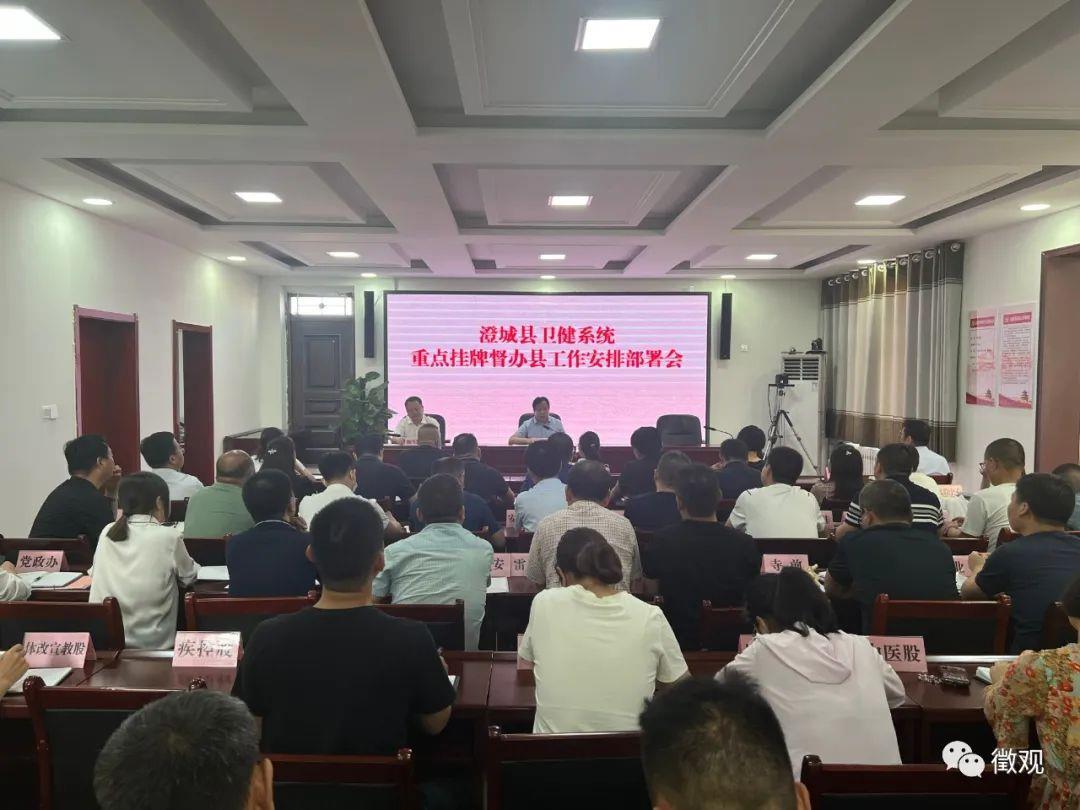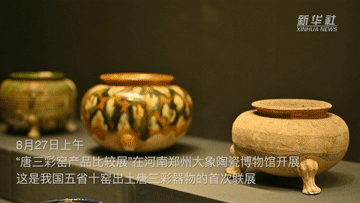By the way, Yangpu 丨 The story of "Eat in Tongji"
Author:Shanghai Yangpu Time:2022.09.04
In the 1980s, a strong youthful color "played in Fudan, eats Tongji, lives in the Jiaotong University, and loves to China Normal University", which is widely popular among Shanghai college students. However, the tradition of "eating in Tongji" can be traced back to the 1950s, or even earlier ... In the eyes of many old alumni of Tongji, the principal of Jiang Jingbo, who "eats in Tongji" and enjoys the reputation of the "Tongji Wrangler". Essence
People use food as the sky. "Eating" is a university in Shanghai University, and "eating in Tongji" has also become the label of Tongji. Tongji's "eating" has history. Wei Shuzheng, born in 1907, was born in 1907 and was admitted to Tongji in 1925: "When I was enrolled, Tongji was famous for his meals. Like other universities, from the end of the Qing Dynasty to the founding of New China, the campus life of Tongji Students lacks protection. The "anti -hunger 'movement broke out in the 1940s was an example. And development, the quality of Tongji students 'eating' is steady. "

In 2006, Yunnan Provincial Hospital of Traditional Chinese Medicine held a 100 -year -old birthday and a celebration of the 72nd anniversary of the medical at the same age as Tongji University (provided by Tongji University History Museum)
In 1953, Xu Jihuan was admitted to Tongji after graduating from Hangzhou Senior Middle School. This year is also the first year for the initial completion of the college adjustment and the national unified examination of New China. Just a few months before Xu Jihuan stepped into Tongji Gate, Mao Zedong proposed that students need to be "three good". The first one is "good health", and good study and work. To this end, in addition to encouraging students at all levels across the country, in addition to encouraging students to participate in physical exercise, they also "eat" their feet.
Nowadays, the old alumni of Tongji who are old thinks that Tongji's food was indeed good at that time. They even remembered that there was a dish in the cafeteria: the bottom vegetables were chicken feathers, there was a piece of meat or fish on it, which was very affected. welcome. There is also a trick of Tongji Canteen, that is, the dishes that always have one day are particularly "affordable" every week, and the students call it a "tooth sacrifice". On this day, many college students in Shanghai came to Tongji through the "middle school classmates" and "fellow". The cafeteria was often in short supply, and the name of "eating in Tongji" spread.

Tongji architecture built in 1952- "Grass Shed", both the auditorium, cafeteria and other functions (provided by Tongji University History Museum)
At that time, Ye Zuyou, the head of the Tongji Student Cultural Regiment, was admitted to Tongji in 1956. Thinking of the past, he was full of happiness. "When I entered school, the monthly food fee standard was 12.5 yuan. We dinner in the new second cafeteria in the newly built, eight people a table, the dishes were very rich, the rice was eaten open, and the Mid -Autumn Festival also sent moon cakes." Lu Guangda was 1959. Entering Tongji Garden. He recalled: "For a while, I did n’t need to eat food tickets in the cafeteria for a while, and the meal was also irregular. It was installed in the big rice bucket. There were several rice spoons inside, and the students were casual. When many classmates are around a rice bucket, when they grab the rice spoon, the steam of the hot rice comes up, and the glasses are foggy, and they can't see the spoon at all. Helpless, these students use a large rice bowl to get it once. "

In 2016, Tongji University Fei Hanchang (second from left), the former head of the Tongji Student Cultural Regiment, Ye Zuyou (third from left), and Professor Shen Rongfang (fourth from left) to the history of the School of Economics and Management (provided by Tongji University History Museum)
Xiang Longwan, a member of the Broadcasting Group of the Broadcasting Group of the School Broadcasting Taiwan: "I was admitted to the Tongji Industrial and People's Construction major in 1958. Afterwards, I changed to the mathematics major. At that time, I often ran on both sides of Fudan and Tongji. Fudan liberal arts lectures were very many, and they were interesting; Tongji food was good, it was really attractive. At that time, classmates said that "play in Fudan and eat it in Tongji."

In 1960, the broadcasting group of the broadcasting Taiwan (confession of the alumni of Tongji)
At that time, students of family economic difficulties could apply for school aid, and students from rural areas were basically helpful. The students in the city, such as small owners and small staff, also have different scholarships. The student aid is evaluated once a year. First, it is divided into three, B, and C, which are 15.5 yuan, 12.5 yuan, and 9 yuan. Later, it is divided into 14 yuan, 9 yuan, 6 yuan, and 3 yuan. pocket money.
At the end of 1960, the Tongji Party Committee established the "Life and Work Leading Group" to adopt measures such as running a canteen, ensuring sleep, and strictly implementing the schedule system to ensure the health of students and teachers. At this time, there are already food stamps. Students need to buy food tickets when they eat meals, and implement a sub -food system. The vegetables are 0.15 yuan (with eggs, fish, meat), 0.10 yuan (with a lotus), and 0.05 yuan (basically all vegetarian). Ye Zuyou recalled: "During the three years of difficulties, the school tried to make a way to allow students to eat as much as possible. In 1960, he went to Chongming to participate in reclamation. In addition to grain subsidies, the school also gave some canned food for food subsidies. We improve food. "

Shanghai Grain Course in 1960 (provided by Tongji University History Museum)
Feng Guizhen entered school in September 1962. His diary records that the country's economy was still difficult at that time, and the quantitative supply of food. The quantitative boys were 33 pounds per month. Girls reported themselves according to their own meals, ranging from 26 pounds to 30 pounds per month. Students' food standards are 12 yuan per month. By 1964, Mao Zedong proposed to care about the health of college students, and the monthly food standards increased by 3 yuan to 15 yuan. Feng Guizhen wrote in the diary on April 1, 1964: "In order to take care of our bodies, the country has increased the standard of food fees, and the quantitative quantity of oil (rapeseed oil) is increased to half a catty (monthly)." Since April 1964, the student aids have been increased by 3 yuan per month, and A class has reached 17 yuan. Liu Tonglin recalled that he enjoyed A -class aid at that time, and the fees for food were free. The textbook fee was also free of charge. Lao Tongji people have a deep memory of the "grass sheds". It is the first student cafeteria of Tongji. It used to be the largest cafeteria in Tongji. Many important meetings of the school were also held here. Later, a second student cafeteria was covered next to the grass shed. In 1962, Tongji built the auditorium and dining room, and the students all called it "new dining room". There were no stools at the square table here, and the students stood and dinner.
At that time, the classmates were all their own rice bowls. Most people use enamel bowls purchased with "industrial coupons". After meals, they are packed in bags or towels. They are hung in the cafeteria. When the meal is not opened, the nails specially set around the cafeteria are covered with large and small bowls of puppets, which are also unique.
Tongji No. 1 Canteen Version. At this time, the "Grass Shed" canteen has been demolished (provided by Tongji University History Museum)

In the memory of some Tongji people, "Eat in Tongji" has the credit of President Jiang Jingbo, the "Tongji Wrangler". Jiang Jingbo graduated from the Department of Civil Engineering of Daxia University. He has served as the Standing Committee of the Eighth and Ninth National Committee of the Chinese People's Political Consultative Conference, and the vice chairman of the seventh and eighth Central Committee of the China Democratic Alliance. While serving as President Tongji, he often went to the cafeteria to listen to students' suggestions and do everything possible to improve the food. In the spring of 2020, Jiang Jingbo died, and many alumni of Tongji sent a post to nostalgia and thanked the old principal.
In the Tongji Canteen in 1981, a variety of cakes have been launched, which is popular (provided by Tongji University History Museum)

In 1986, Jiang Jingbo, then the student of Tongji University, talked to the student in the cafeteria (provided by Tongji University History Museum)

There are many ordinary logistics workers who have contributed to "eating Tongji", such as Ruan Xueen and Zhang Ling couples. Ruan Xueen was from Shangyu, Zhejiang. He joined the army in Shanghai in 1956, cooking soldiers, joined the party in 1957. In 1960, he was resulted in the Tongji Logistics Cafeteria. He recalled that the 50 -ton cold storage in Tongji, known in Shanghai, was built in 1973 with a cost of 30,000 yuan. Zhang Ling was from Yancheng, Jiangsu. In 1959, he was transferred from the off -campus factory to the Tongji Internship Factory to the Logistics Capital. He also managed the cold storage until retirement.
Tongji cafeteria workers took a group photo around 1978. The first left is Zhu Erkang, who specializes in a large row and burned the row.

Text: Zhang Huaming
Edit: Wu Baixin
*Reprinted, please indicate the official WeChat from Shanghai Yangpu
- END -
Chengcheng County, Weinan City, focus on improving the ability of grassroots medical and health services

Since last year, the Health and Health Bureau of Chengcheng County has adhered to ...
Xinhua Quan Media+| Let's take a look at the "Tang Sancai Kiln Product Comparison Exhibition" together

In order to welcome the 9th China Museum and related products and technology expo,...